Juniper planting: timing and step-by-step description
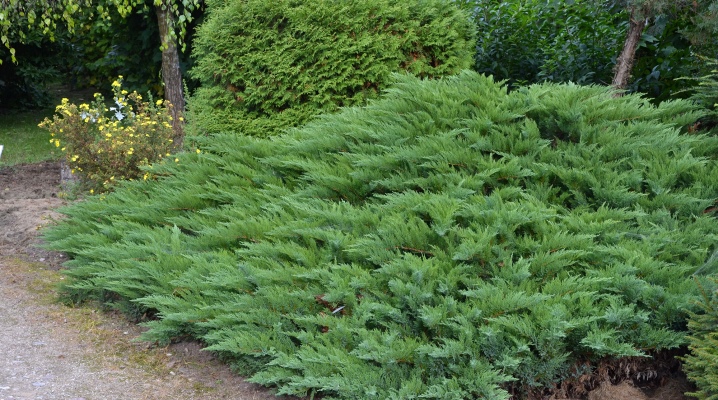
Junipers are often used in landscaping, which is not surprising. They are very beautiful conifers with medicinal and decorative properties, besides, they are unpretentious in care. In order for the juniper to grow and please its owners, it must be properly planted and then looked after. Consider how to do this in your own garden.
Fundamental rules
Junipers have a dense crown, bear fruit beautifully and look great in the garden or at their summer cottage. They do not require special care, but the following features of the conditions of their growth should still be paid closer attention:
- the soil should not be alkaline, ideally acidic or neutral; the composition of the earth can even be sandy and sandy loam, but for ideal growth and development it is better to add humus;
- junipers do not like excessive moisture, low-lying places are not a place for planting these conifers; if there is no other way out, then in the spring they must dig the diverting grooves;
- sufficient insolation - the plant loves sunlight, and only under its influence will it delight the eye with its dark green needles;
- adult juniper seedlings are very difficult to take root, you should not choose plants older than 3-4 years of age for planting, since they do not tolerate a change of residence; you do not need to buy seedlings with an open root system, because they are unlikely to take root in the country, as they quickly lose their viability.

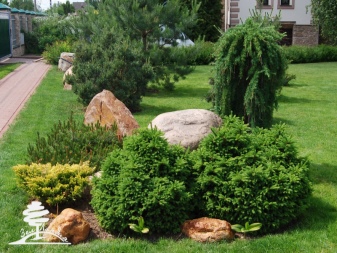
Landing dates
Even the timing of planting in a juniper is not quite usual. The ideal time for planting is early spring, when the snow has just melted. In this case, the plant is in a dormant period, and the growing season that began soon will contribute to the good development of the root system. In autumn, junipers are also planted, but there is a high probability that the seedling will not have time to get stronger and will not take root. In the northern regions, the optimal planting time is in the summer, at the beginning of June.
For summer planting, it is better to purchase seedlings with a closed root system.
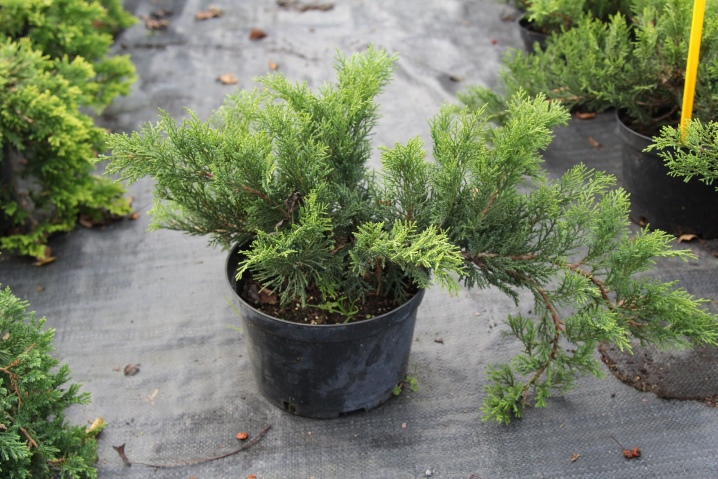
Seat selection
Junipers are planted in open ground only in illuminated places. The ephedra feels better in the sun and only then forms a beautiful crown. In the shade next to fruit trees, such as a pear, he may become more susceptible to various diseases. Usually, in landscape design, juniper is played on in contrast to color or shape. Low-growing creeping junipers are combined with other small conifers: thuja, dwarf pine, biota. To create a beautiful composition of conifers, you can form a group of 3-5 species of different plants, including 1-2 junipers. Near a private house, these small plants will look great with roses, which will look great against the background of dark green needles.

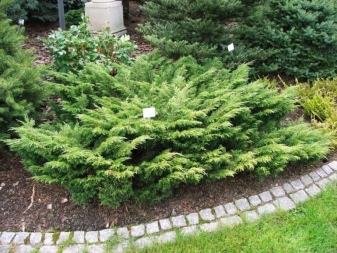
By planting a juniper near the windows of the house, you can get such bonuses as:
- it will exude a pleasant aroma;
- emitted phytoncides will scare away flies and mosquitoes.
Juniper is not too picky about the composition of the earth, but it loves more slightly increased acidity of the soil. In a private yard, good soil is rarely found, so it is important to initially introduce a fertile substrate into the planting pit and periodically fertilize the juniper.

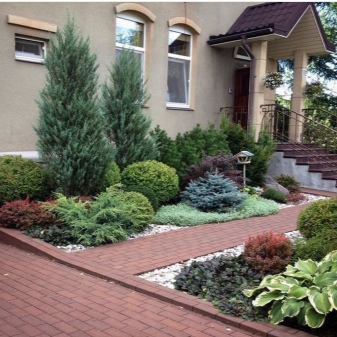
How to plant correctly?
Compliance with the technology of planting a juniper is very important, since the further viability of the seedling depends on it.If you have already chosen a beautiful place on the site for the ephedra, then now it remains to choose a seedling and plant it. We offer you a step-by-step description of planting a juniper.
- The choice of planting material. It is best to choose seedlings no more than five years old, which can be planted with a clod of earth. They take root best of all, and professionals are needed to plant large-sized trees. It is important to choose the right type of juniper, as many of its varieties do not grow well in urban conditions or require more serious care. And you also need to take into account that, for example, the Cossack juniper is poisonous and dangerous in this regard for children and animals, so it is not very good as a decoration for a summer cottage. You can find and dig up a juniper in the forest, but in this case you need to be especially careful with the root system and dig it out with a large clod of earth. If the seedling is slightly weakened, then its root system can be soaked in a growth stimulator before planting.
- Digging a hole. The size of the hole should be 2-3 times larger than the earthen lump. A square pit for a juniper seedling has the following approximate dimensions: 0.5 m in depth, 1x1 m in area. If you plan to plant a group of junipers, planting pits should be placed at a distance of at least 2 m from each other for large species and over 0.5 m for small and dwarf species.
- Drainage. Drainage is laid out at the bottom of the pit: broken brick, pebbles. It is needed to remove excess moisture, which junipers do not like so much.
- Landing. Before planting, an earthen lump with roots is soaked for two hours in water. After this time, a seedling is placed in the planting hole, the root system is straightened and the free space is filled with a layer of cultivated soil, crushing it to minimize subsidence. The root collar of plants should be flush with the ground for young junipers, and for more mature ones at a height of 10 cm from the soil level. The most developed part of the crown is turned to the north so that the branches grow symmetrically.
- Watering after planting. Immediately after planting, the seedling must be watered abundantly - about 20 liters of water. In case of subsidence of the soil, it is necessary to supplement the missing volume of land.
- A layer of mulch. The trunk circle must be mulched to avoid cracking the soil and loss of moisture. Mainly natural materials are used as mulch: pine nut shells, peat, sawdust, crushed cones. They do not regret the mulching layer - it should be at least 10 cm.
- Transfer. Ephedra is very bad about transplanting and may even die in the process. If for any reason a juniper needs to be transplanted, then you need to seriously prepare for this. The transplant is carried out in the fall to minimize trauma to the root system. Within two months before transplanting, the bush is dug in, gradually cutting the roots. And only after that they completely dig out an earthen lump and transfer it to a new place of residence.

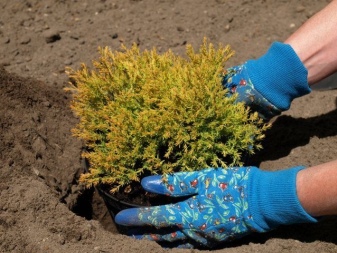
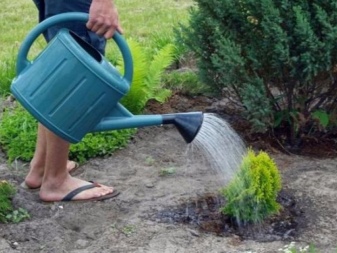
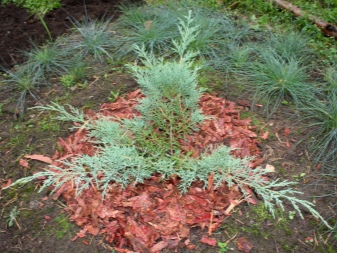
Follow-up care
Juniper care is not too difficult. Even rarely visiting your summer cottage, you can fully take care of this ephedra. It is worth considering in more detail the procedures for growing juniper.
- Watering. Ephedra should be watered relatively often only after planting. In addition, it is necessary to monitor the amount of watering - excessive moisture is detrimental to the plant. In the first month, you need to do this twice, subject to dry weather, in the amount of 10-30 liters of water, depending on the size of the plant. In the future, watering is reduced to once a month. In rainy weather, junipers are not watered. For juniper needles, a kind of shower is useful - washing the needles. Such a procedure will help get rid of the dust from the greenery, and the plant will begin to exude its tart aroma more strongly.
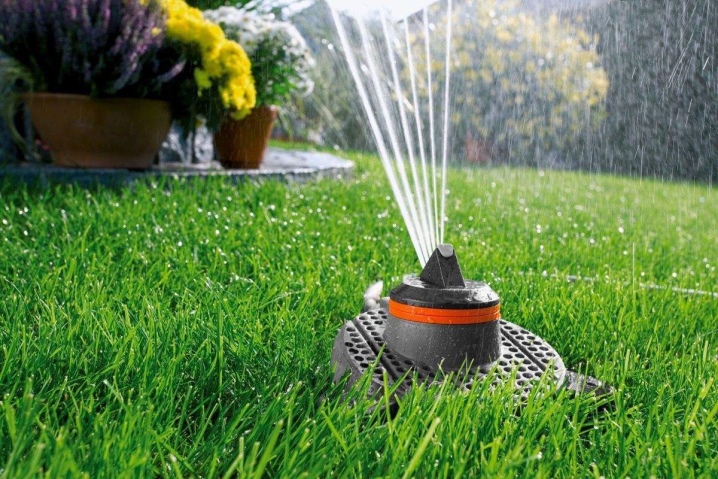
- Top dressing. Junipers of most species are undemanding to the soil. Various varieties and hybrids are more capricious.If, when planting a seedling, add a universal fertilizer for conifers to the pit, then it will be enough for another two years of bush growth. And also junipers react well to liquid fertilizer "Stimovit", which is diluted according to the proportion of 100 ml per 4 liters of water and watered the entire perimeter of the crown. Junipers need not only organic matter, but also minerals. Therefore, we must not forget about mineral fertilizers. In the spring, it is useful to add nitroammophos to accelerate the growth and development of plants in the amount of 45 g per square meter.
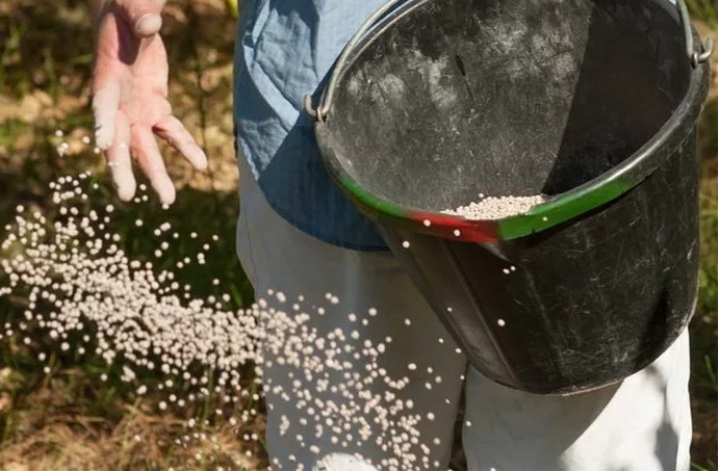
- Pruning. Most junipers lend themselves well to pruning, but many of them hold their own ideal shape. Basically, these conifers are cut to give them some special shape to decorate the garden, or they are sanitized (remove diseased or protruding branches). Sometimes the juniper develops asymmetrically, for example, as a result of grafting. In this case, pruning is necessary to create an even silhouette of the tree. Pruning is carried out using a pruner, and in very young seedlings, the shoots are pinched with your fingers. Unwanted branches are removed at the very base, then the cut will not be noticeable. The best time to prune is mid-summer. All new shoots will have time to grow, the movement of fluid in the branches will already slow down, and before winter the juniper will still have time to heal wounds and get stronger. You cannot immediately prune a large number of branches, as the plant may not take such damage and die.
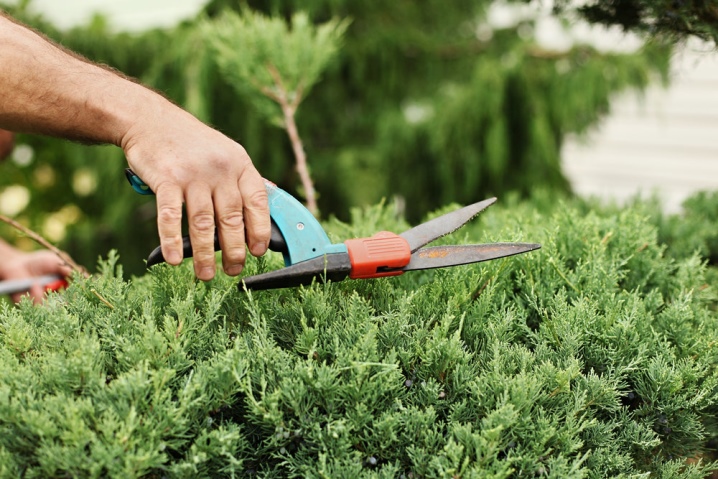
- Disease and pest control. Junipers don't get sick often, but fungal infections, rust, and biotorella cancer can overtake the ephedra. They should be dealt with with fungicide solutions, as well as using clean tools and a solution of copper sulfate when pruning. Pests love a fragrant bush, they will have to be fought with. Insects such as pine moth, juniper moth, pine sawfly and others can completely destroy the tender needles of a seedling. The best pest control method is prevention. Every spring, preferably in May, it is necessary to treat the juniper with an insecticide solution. The procedure is repeated after 10 days and, if necessary, during the warm season. Seeing the gnawed passages of insects on the bark, you urgently need to unscheduled treat the juniper with an insecticide, and drip undiluted solution into the holes of the larvae.
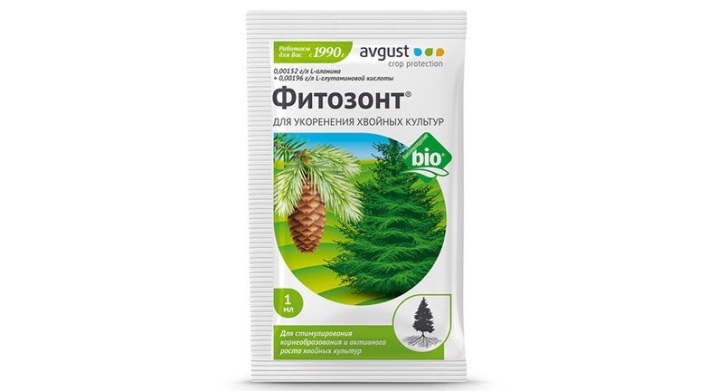
- Wintering. Junipers are resistant to cold weather, but subject to the presence of snow. Dry, snowless winters dry up the soil, which negatively affects the root system of young seedlings. In the first years of life, it is advisable to cover the juniper for the winter with spruce branches, mulch the soil with sawdust, and sprinkle the adult plant with snow. Large specimens need to be tied up for the winter so that the snow does not break the branches.

- The beginning of the growing season. After the snow melts, the plant is cleaned of covering material and the layer of mulch must be removed. Rot and other pathogens can start in it. Then the juniper is sprinkled with fresh mulch, other spring activities are carried out: pruning, dressing, and so on. In early spring, when the snow has melted and the sun is shining brightly, it is necessary to shade young specimens of juniper with an awning during direct sunlight. With a sharp change in weather, moisture actively evaporates from delicate needles, the plant can simply dry out.

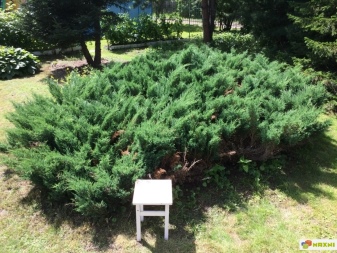
All about planting and caring for a juniper, see the video below.



































































The comment was sent successfully.